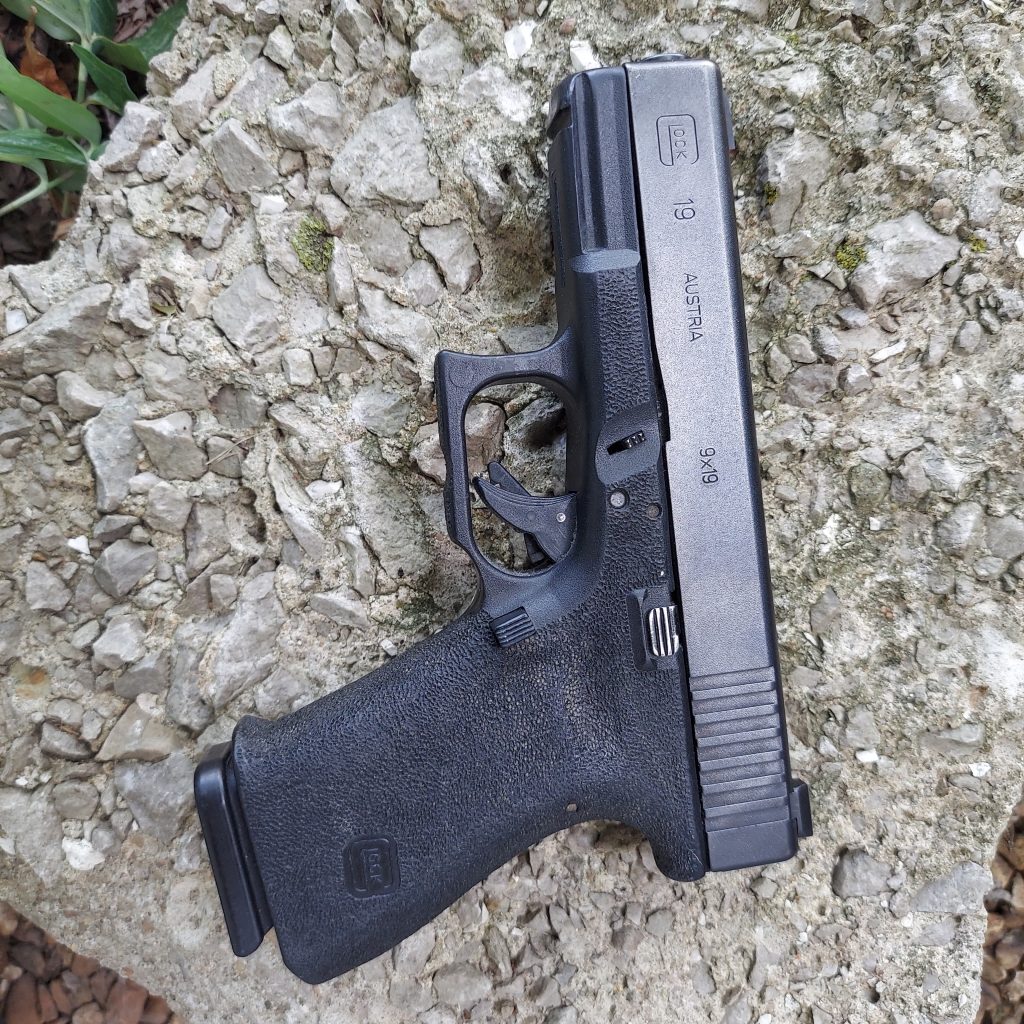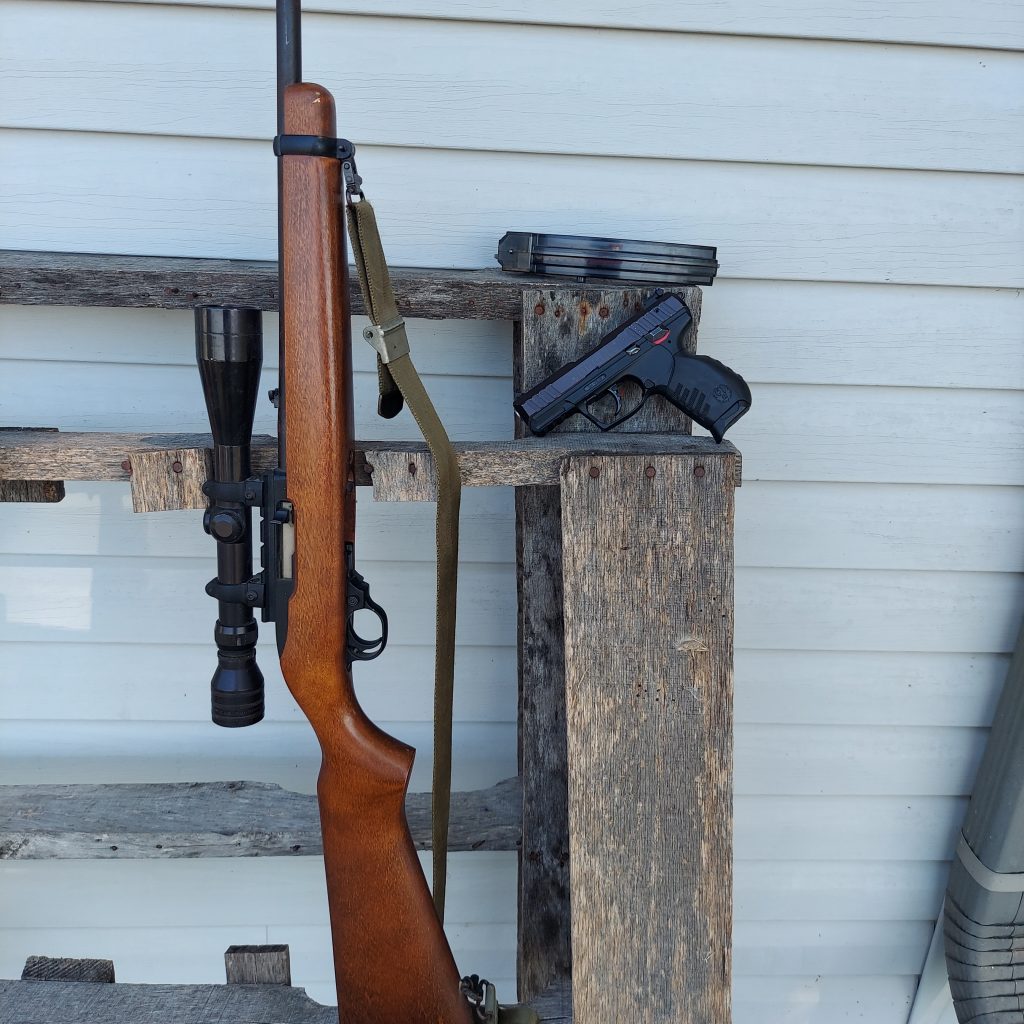The world has changed a lot since I started my survivalist journey, and some would say not necessarily for the better. Long ago and far away in the middle of the Cold War, our biggest worry was nuclear Armageddon and the possibility of seeing Russian troops on US soil. Most of us believed that those who stayed in the city were doomed from the get-go, and the only way to survive was to have our 10 acres in the country, in a small town, with a handy assortment of weapons, ammunition, long-term storage food and a good water supply to keep us going. However Pie in the Sky that was, it’s what we had back them, and there may have been some truth to it.

Now, after the violence that we have seen occur in our cities and in some of our smaller towns over the last few years, people should be convinced that nowhere is safe. If anything, the events of the last 10 years or so should remind us that the words “That’ll never happen here” or “It can’t get any worse” ring very hollow when it does happen here, and that sometimes it does get worse. Violence will find you anywhere. In fact, it is my belief that contrary to what you see in the movies and read in many post-apocalyptic novels, it won’t be that bad. It’ll be much, much worse.
What guns do you need?
With that in mind, we need to really break down what we need in a survival battery. What do we mean by ‘battery?’ In its most common definition, it’s the single power cell that runs your car or powers your flashlight. In the military sense, it’s a grouping of artillery pieces for tactical purposes, or the guns of a warship. For our purposes here, we’ll take the other meaning, which is a number of similar items grouped or used as a unit.
In terms of a survival battery, the focus needs to be on those firearms that are rugged over the long haul, come in common or military calibers, and should be easy to work on and replace parts. We’re also going to focus this article on our more urban readers, who will most likely have a different set of circumstances facing them as opposed to those of us who live out in the hinterlands.
Shooters in the US are very spoiled. We have no problem taking our guns to the local gunsmith, getting them fixed or modified, and getting them back again. If we look at shooters in countries like South Africa or the Philippines, the process of getting the gun itself is arduous, and if some type of fix is necessary, one can be without their gun for an extended period of time. So, we need to look at the ability to fix and maintain our firearms ourselves
Contrary to many survival authorities, I also don’t believe that you need to have ALL THE GUNS in order to survive. One of the big reasons is economic. If you’re trying to build up all the resources you would need to survive TEOTWAWKI (The End of the World as We Know It), trying to purchase $10,000 worth of guns all at one time is a non-starter. Like anything else in the preparedness world, it’s a process. With that, let’s look at the process.
Rifles First
Your first purchase should be some kind of fighting rifle. These are also, typically, the ones that government officials are trying very hard to get rid of (kind of makes you wonder why.) In this case, our primary choice would be some type of AR-15 in caliber .223/5.56mm. They are typically easy to shoot, easy to maintain, and easy to change parts on. Everybody and their brother is an AR builder these days, so keeping one up and running is not a big challenge. They also are very affordable. You can spend an insane amount of money on one, but you don’t need to. An entry-level AR will run you around $700-$1000. This will also allow you to upgrade the gun as time and finances permit.

The Pistol
Next should be your fighting pistol. This should be a Glock 19 9mm. If your hands are a bit on the smaller side, then my choice would be the Glock Model 48 in 9mm. We’re not talking about concealed carry guns, we’re talking about pistols we can fight with, if need be. Glocks are as common as Chevys and Fords, and are the easiest handguns in the world to strip down and replace parts in. I have enough parts and magazines to keep my Glocks running so my great-grandchildren can use them, and it didn’t cost me an arm and a leg to do so.

Always Have a .22… or Two
Next should be a .22 rifle, and the Ruger 10/22 is the best choice here. The one you see here was bought by my wife when we were stationed at Ft. Bragg, NC about a month after we were married. That was over 25 years ago, and it is still going strong. It has killed scores of critters trying to get into our garden or our chicken coops, and has trained our children and our grandchildren on the basics of shooting. The 10/22 is so ubiquitous that it’s possible to build one without using any parts made by Ruger! Any permutation you can think of is available, but the basic model will serve you well.
These three should be the baseline of your battery. There’s very little you can’t do with these, especially if you live in an urban environment. Honestly, before you get further down the road, I’d recommend you acquire more magazines and ammo for each of them, and get to a training class with your Glock and your AR. Training and confidence are much more important than buying another gun.
Next after these should be a .22 pistol for use around the homestead and low-cost handgun training. My choice here would be one of the many Ruger .22 pistols available. Ruger pistols are known for their durability, and choosing from the plethora of models is half the fun. The .22 pistol is also used to train new shooters, and the ability to stock up on a large quantity of .22 ammo cannot be overlooked. It can also be pressed into defensive use, should the need arise.

Magazines
All of the above guns require magazines. My recommendation is to have more magazines than you think you’ll need. Right now, magazines are plentiful and fairly inexpensive. Consider them a disposable item. If one goes bad or is causing problems in your firearm, get rid of it. For your fighting rifle, a minimum of 12 is advisable, preferably more. At least six should be available for your pistols, and five for the 10/22 rifle.
Final Thoughts
Now I know some will look at this list and be ready to point out the guns that should be added. They will point out that there are no shotguns, hunting rifles, or air rifles, and that there should be different fighting rifles, pistols, etc. I get it. My reasoning for the above guns is pretty simple. Glocks, ARs, and 10/22s are the most common guns in America right now. All of them are incredibly easy to maintain, field strip, replace parts in, shoot, and find accessories for. There is more market support for them than just about any other firearms. I will concede that there may be better guns for certain activities. I never said that these were the best for everything.
Also, my intent was to aim this at the folks who may be just starting out as opposed to someone who has been doing this for a while. More and more people are waking up to the dangers that are facing us, and they need our guidance, not our ridicule.
I think this is a good starting point, and of course, much will depend on you, your training, your location, your intentions, and a host of other factors. Give us your thoughts on a survival battery, it may help someone else along the way.


